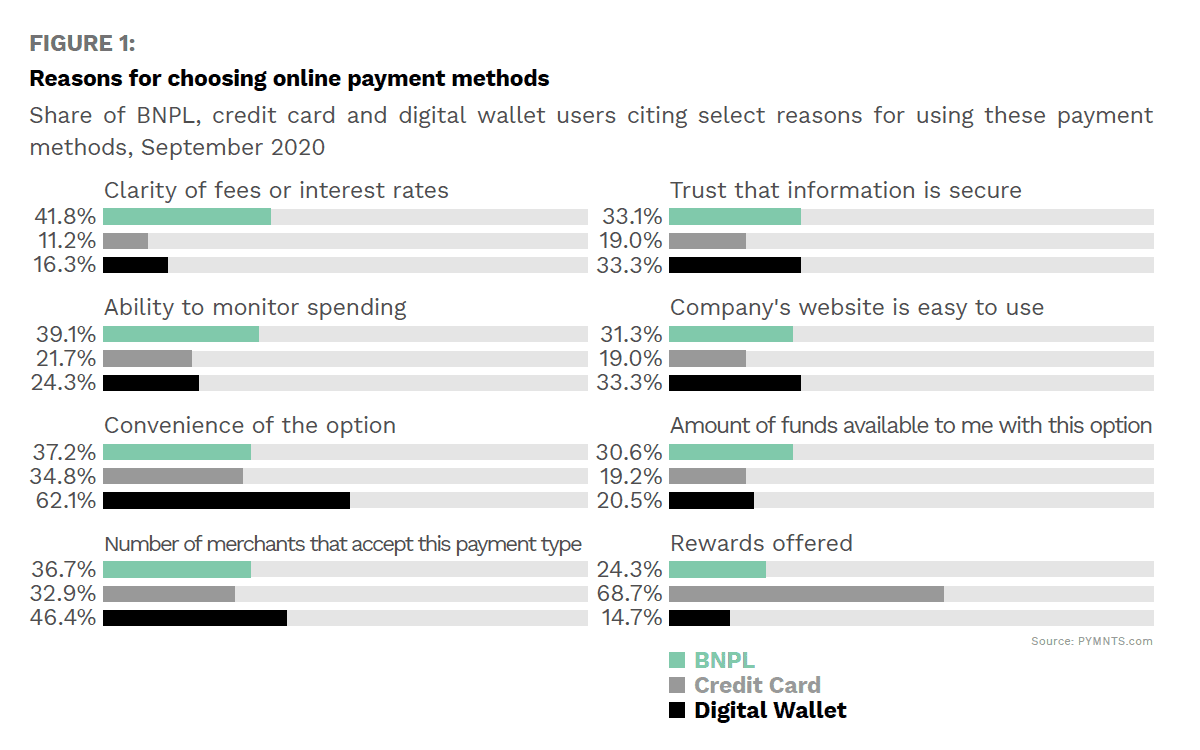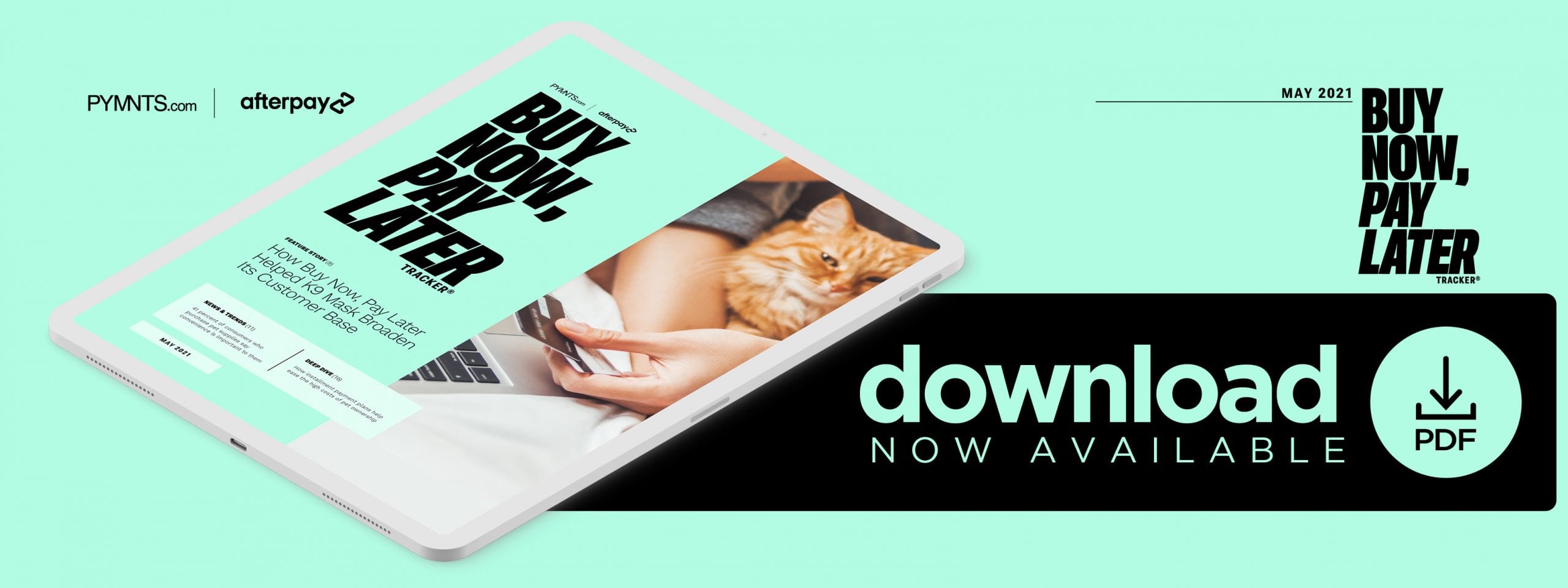Deep Dive: How BNPL Helps Consumers Afford Pet Ownership

The pet industry snagged a historic high of almost $104 billion in 2020 as consumers spent more time at home and leaned on pet companionship during the pandemic, with a nearly 7 percent increase in pet retail sales between 2019 and 2020. Consumers paid generously for pet food and treats, vet care, pet products and over-the-counter medications, among other items. Popular online pet retailer Chewy alone hauled in more than $2 billion in net sales during Q4 2020 — a 51 percent year-over-year increase, according to a company press release.
The comfort that pets provide to owners comes at a steep price, however. Pets can cost between $1,000 and $1,800 during the first year, not including pet insurance, according to the American Society for the Prevention of Cruelty to Animals. Buy now, pay later programs like those of BNPL provider Afterpay can help consumers space out these expenses by paying for products in installments, thus avoiding the debt that almost half of owners said they incurred for their pets in 2020 — up from one-third of pet owners in 2019. The ability to monitor spending and the clarity of the model’s terms are two top reasons why U.S. consumers use BNPL, according to a PYMNTS report. These advantages also explain why BNPL use surged during the pandemic to help manage finances, with about 17 percent of consumers purchasing pet supplies using the method.
The following Deep Dive further examines how the pet care industry has boomed within the last year and how offering BNPL options can help pet retailers expand their customer bases.

The Costs Of Pet Ownership
The recent spike in pet ownership may come as no surprise as pets offer many benefits in troubling times. Almost 90 percent of American pet owners in a 2020 survey reported that they turned to their animals for comfort during the pandemic and 82 percent said their pets eased their loneliness during this period. Half of all millennial respondents said the health crisis had led them to adopt or foster a pet or consider doing so. An April 2021 report also noted an interesting trend toward ownership of senior pets this past year, with the share of dog-owning households with aging companion animals increasing from 45 percent in 2014 to 55 percent in 2020.
The pet boom has had rising attendant costs, especially for those with senior pets that require expensive treatments for age-related medical conditions. Eighteen percent of all U.S. pet owners reported spending more than usual on their pets during the pandemic, with millennials leading the pack at 27 percent. Another survey showed that 47 percent of pet owners had gone into debt for their animals in 2020, often refusing to forgo their pets’ usual food or care items and willing to ditch some of their personal expenses, like gym memberships, to afford them. These trends occurred despite 61 percent of pet owners in a recent survey from the American Pet Products Association saying they were “very concerned” about their financial situations and 48 percent reporting that their household finances had been significantly affected by the pandemic.
Many owners have found the costs of having a pet to be higher than they expected, with dog owners spending up to $1,201 per year on average, yet 80 percent of owners with pet-related debt said it would not deter them from buying more pets. Some pet owners use credit cards to cover emergency pet expenses, but aggregated unpaid credit card balances worsen their debt-loads.
How BNPL Can Ease Pet Care Costs While Boosting Spend
BNPL financing options allow pet owners to continue purchasing the everyday items they prefer and manage higher, unforeseen costs by paying in flexible installments rather than having to foot entire bills upfront. Merchants offering BNPL options also gain in consumer spending, with 73 percent of consumers in one survey saying that they could add extra or more expensive items to their carts during their most recent BNPL purchases. One-third of respondents also said that they would not have been able to make their latest purchases without a BNPL plan.
BNPL also benefits retailers by helping them expand their reach to new customers, with many major brands embracing the payment model. Installment plans are especially popular with millennials and Generation Z consumer groups as they are often wary of the potential debt that can come with credit card use.
There is an unprecedented opportunity for retailers to capture spend on pet owners’ limitless desires to fulfill their pets’ needs. Consumers can also benefit from the support such payment plans offer when household budgets are tight and debt is to be avoided. BNPL methods can thus help to reinforce and maximize the comfort consumers find in their furry friends.
